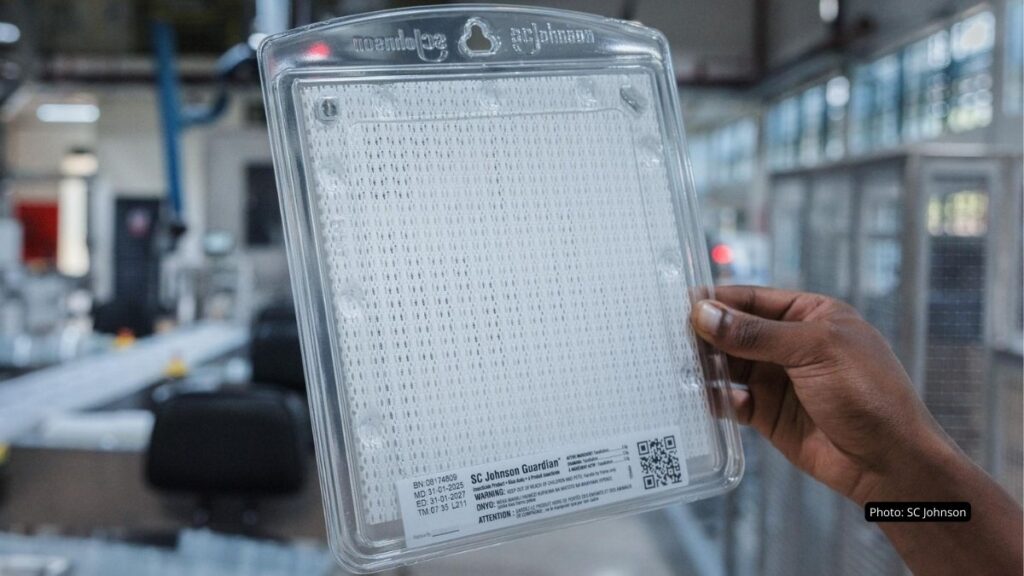ALMA welcomes WHO endorsement of new malaria-fighting tool from SC Johnson
Key highlights
The malaria burden remains high, particularly in Africa, killing over 600,000 people each year.
A “perfect storm” of challenges, including rising insecticide resistance, is threatening progress.
The WHO policy recommendation for spatial repellents developed by SC Johnson is a timely addition to the malaria prevention toolkit.
Used alongside existing tools, spatial repellents can help reduce the risk of malaria transmission.
The African Leaders Malaria Alliance (ALMA) welcomes the World Health Organization (WHO) policy recommendation for spatial repellents developed by SC Johnson to be used as an innovative tool in the fight against malaria.
At a time when the fight against malaria has stalled and is further threatened by a “Perfect Storm” of challenges, including rising insecticide resistance and changes in mosquito behaviour that weaken the effectiveness of traditional vector control tools, spatial repellents are a timely addition to the malaria prevention toolkit. They are among the first new categories of vector control products in 25 years to receive a WHO policy recommendation.

How spatial repellents work
Spatial repellents, also known as spatial emanators, release an active ingredient into the air that repels mosquitoes from entering a room. This prevents mosquitoes from biting people and reduces the risk of malaria transmission. About the size of a sheet of paper, spatial repellents can be hung in semi-enclosed spaces such as homes and hospitals. They are easy to use, low-cost, long-lasting, and effective, having been shown to remain effective for up to 12 months.
Spatial repellents offer a promising complement to existing prevention measures such as insecticide-treated nets (ITNs) and indoor residual spraying.
SC Johnson’s continued support in the fight against malaria
SC Johnson, a leader in insect science, has been working toward this achievement for the past decade. Earlier this year, the company launched two high-speed manufacturing lines in Kenya with the capacity to produce up to 20 million units of spatial repellents annually. All products will be distributed at no profit to communities most at risk.
Beyond product development, SC Johnson actively supports national malaria control programs. In Kenya, for example, the company has partnered with the End Malaria Council Kenya through a USD 1.4 million commitment to prevention and control efforts.
This investment has supported initiatives such as Centres of Excellence for malaria treatment and the use of drone-based larviciding in endemic regions.
These actions reflect SC Johnson’s deep commitment to fighting malaria and demonstrate the vital role the private sector can play in unlocking challenges and accelerating progress toward malaria control and elimination.